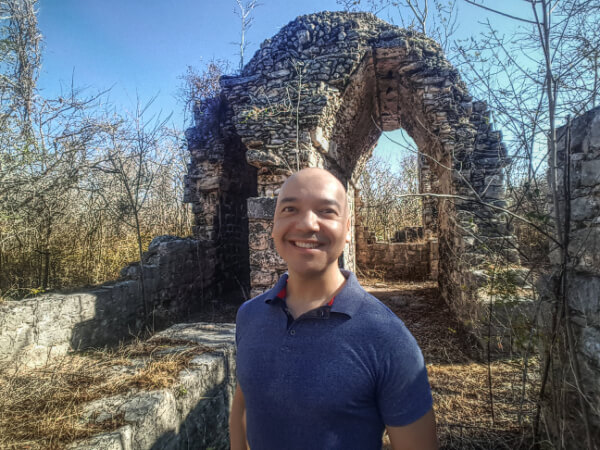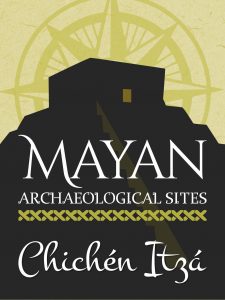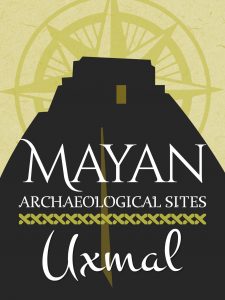The Dzibilchaltun Museum was reopened in 1994 and renamed the Mayan People’s Museum, replacing the old Dzibilchaltun Site Museum. Nearly 700 archaeological and historical pieces are exhibited, some of them shown for the first time, which summarize three thousand years of development of the Mayan culture.
Exhibition rooms
The permanent exhibition covers from pre-Hispanic times to the twentieth century. The cultural development of the Mayan people, their continuity and transcendence in fields such as arts, architecture, language, dress, religion, social customs, economic processes, sciences and techniques, are disseminated.
The collection is made up of archaeological, historical and ethnographic materials, with objects of daily and ritual use, such as ceramics, carved stone, stelae, civil, and religious sculptures, textiles and clothing.
The garden
The pergola of the Monoliths where pre-Hispanic monolithic sculptures of Yucatan, Campeche, and Quintana Roo are exhibited on the side of a path that runs through a garden of native plants.
The Maya Archeology Room

Dedicated to the pre-Hispanic era, exhibits ceramic and architectural elements from Chiapas, Campeche and Yucatan itself arranged to illustrate themes such as the Mayan concept of the universe, the emergence of man, the relationship between man and nature, the gods, social stratification, painting, writing, specialization in work and the account of time.
The History Room

A special space is dedicated to the Archeology of Dzibilchaltun, to the Contact and Conquest of the Mayan People and the formation of the Yucatecan identity.
The Solar Maya
An annexed area in which a typical dwelling of the Mayan rural area was built, elaborated using techniques, materials and traditional labor.
Location of the Dzibilchaltun Museum
The Dzibilchaltun Museum is located near the main entrance after a short path.












